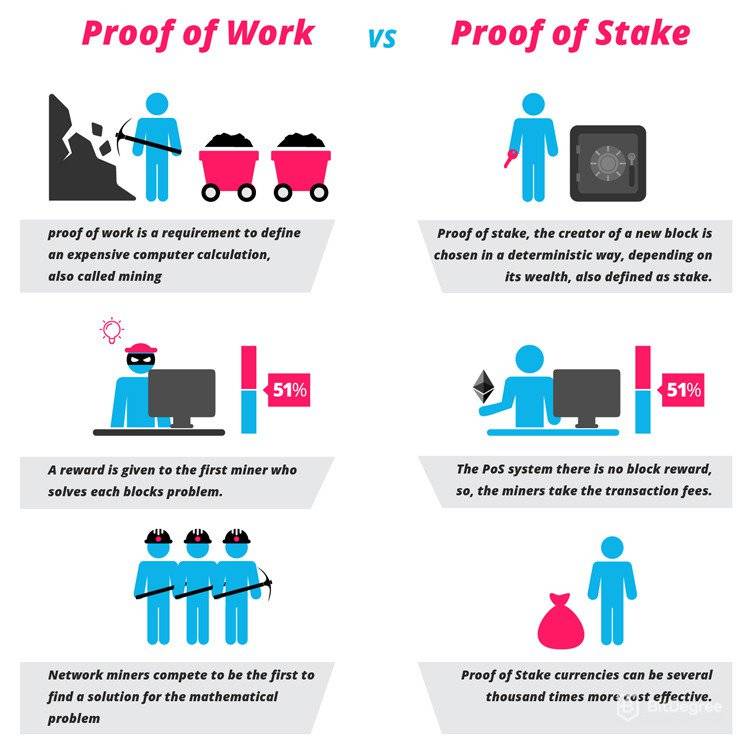From Dtracer we consider ourselves part of climate change and we want to reduce the CO₂ emissions that are produced on the planet.
Do you know how much electricity is emitted with the POW mining processes?
BLOCKCHAIN MINING WITH PROOF OF WORK IS currently consuming around 91 terawatt-hours of electricity per year.
That’s more annual electricity use than the whole of Finland, which has a population of 5.5 million.
A single bitcoin transaction emits approximately 402 kilograms of carbon dioxide. An average home emits the same amount of CO₂ for 3 weeks, according to calculations by the Dutch Central Bank (De Nederlandsche Bank).

this means that with more use given to cryptography, more CO₂ we are generating to the planet.
To be able to feed the miners of the POW system, using more natural resources such as oil or its derivatives to generate this great demand to cover the electricity of mining.
Measures taken by DTRACER to reduce CO₂ production
We bet on technology with a POS mining system, it is not necessary to have machines or miners constantly working to certify each block within the blockchain.
The main difference between both systems is in the form of transaction validation.
One form is that of POW, which are the miners working and doing mathematical calculations constantly connected to electricity, such as BITCOIN.
The other way is the POS that Proof of Stake, the individual who creates the next block based on how much he has “staked”.
To keep things simple, the stake is based on the number of coins the person (or proxy) has for the particular blockchain they are trying to mine.
Therefore, in order to have a chance to validate transactions, the user must put their coins in a specific wallet. This wallet freezes the coins, which means that they are being used as staking to run the network.
For this option it is not necessary to have thousands of machines connected to the current since with the investors performing the staking it is not necessary to be generating more and more unnecessary CO₂ for the planet.
So from Dtracer we want to help in this change by not generating more and unnecessary CO₂ and that is why we discard all the technologies that use the POW validation system (prof of work) and we bet on those technologies that are cleaner and less polluting with the planet.
That is why we have chosen the Polygon (matic) blockchain technology.
It allows us to work as a prof of stake system and we contribute to the improvement of our planet.

we are part of the change reducing co2
What is Proof of Work / Proof of Work (PoW)?
he Proof of Work protocol, Its name comes from the English Proof of Work (PoW).
This protocol works under the concept of requesting a job from the client, which is then verified by the network.
Normally the work requested consists of performing complex computing operations.
These operations that are then verified by the network. Once they are approved, the client is given access to use the resources of the same.
What is Proof of Stake / Proof of Stake (PoS)?
Proof of Stake is one of the two most widely used consensus protocols in blockchain technology.
Its name in English is Proof of Stake.
From there derive the acronym PoS, with which it is commonly known.
The objective of this algorithm, as in PoW, is to create consensus among all the parties that make up the network.
The nodes that mine in PoS are called validators.
The decision on which node has to validate a block is made randomly but giving greater probability to those who meet a series of criteria.
Among these criteria we can mention the amount of reserved currency and the time of participation in the network, but others can be defined.
Once established, the random node selection process begins.

We all have to be part of the change, since we only have one planet!

